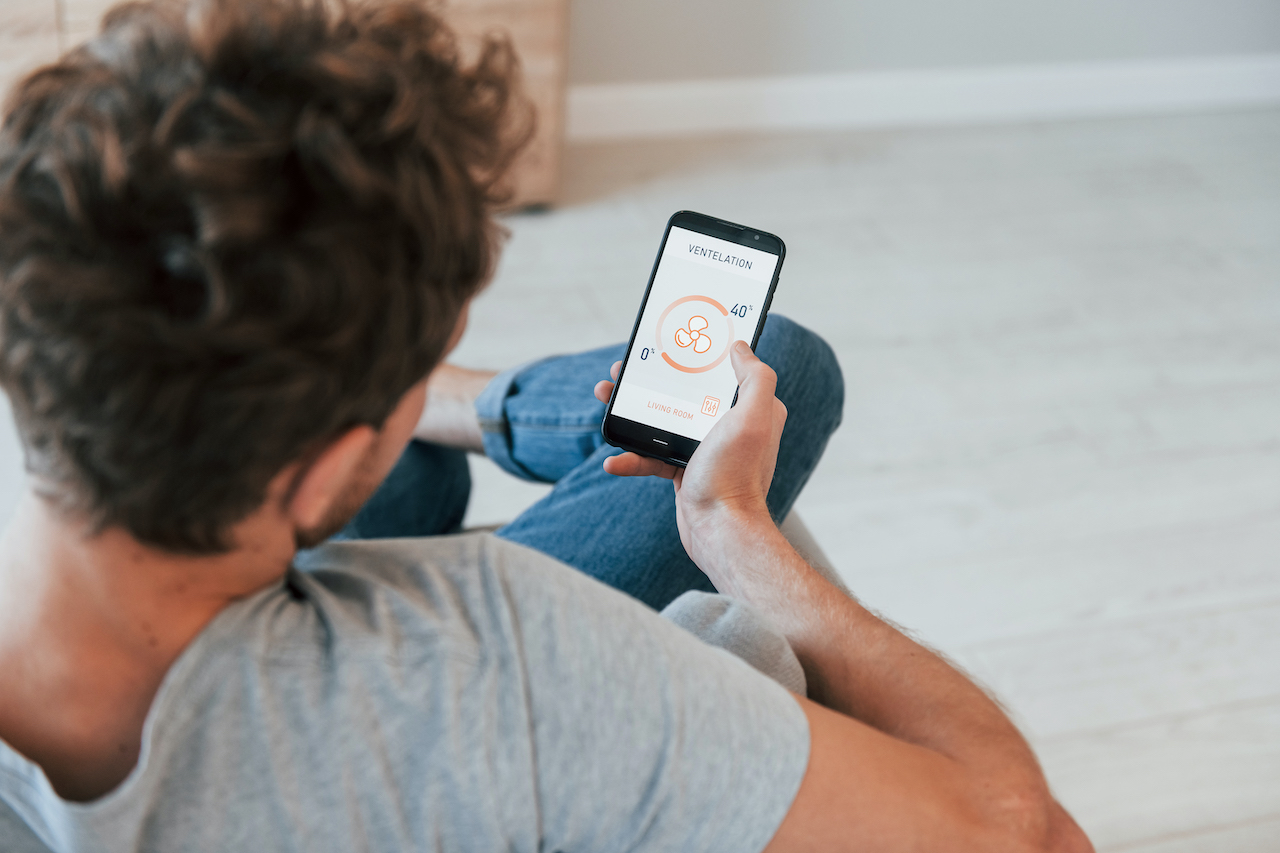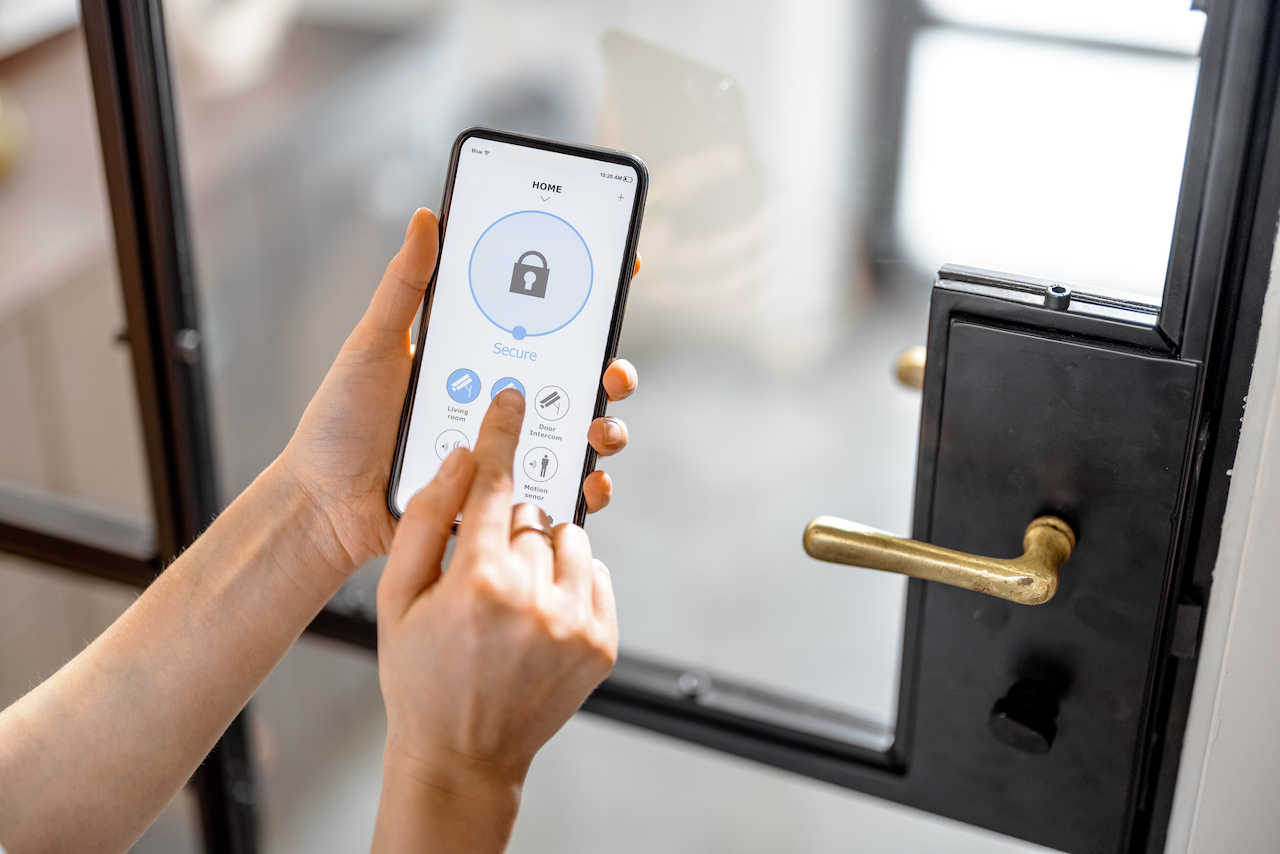If you desire a profitable business, you must make things as convenient for your employees as possible. In doing so, you need to reduce the time required to check in and out of the premises. Now, swiping ID cards sounds pretty straightforward, but it comes with various shortcomings that require additional monitoring resources.
As such, switching to an advanced mobile access control system can provide the ideal solution. Everyone in your organisation has one, and you can save plenty on issuing and re-issuing credentials through cards and other paraphernalia. Throughout this guide, we’ll focus on the emerging trends with mobile access control and how you can adopt suitable ones for your enterprise.

What Is Mobile Access Control?
Mobile access control involves distributing valid credentials for authorised entry to any workplace directly to portable devices. Those can include smartphones, tablets, and smartwatches. The system requires a sensor at the designated location to read the credentials and allow individual access throughout the facility.
The best advantage is that it’s near-impossible to replicate and contains meagre maintenance costs. A few modifications let you scale the security considerably without invading the privacy of your employees. Moreover, advanced mobile access control can suit every industry, from large-scale manufacturing to retail.
Advanced Mobile Access Controls and Technologies
Several trends with advanced mobile access control let you make the most of the system. Here is a list of the most prominent ones.
Integrations
As more developers make their APIs open-source, installing and expanding the system to various locations and businesses becomes easier. You can program the system with limited staff and make it work with the default wireless technology already available on your employee’s phones. More on that later.
Multi-Factor Authentication
Regardless of how secure you build a system, it can still have vulnerabilities to exploit with enough time and effort. According to recent statistics, 82% of organisations feel vulnerable to cyber attacks. That’s during an age when we have AI-based algorithms, and 128-bit encryptions have become commonplace.
Thus, manual verification is always a good call. You can set up a multi-factor authentication system that verifies each login. The system can link to personally identifiable means, such as text messages or emails, to confirm the identity in the case of a glitch. It also alerts the administrators when too many instances occur and if it’s time to verify the system’s security.
Cloud-Based Systems
Limited accessible servers create plenty of opportunities to lose or corrupt data. Therefore, you can upgrade your advanced mobile access control to cloud-based systems that distribute the data over multiple secure networks. It makes accessing the backend more straightforward, as an IT tech can fix an issue even when working from home.
Video Access Control
Modern visual analysis through AI has come far from the days of beating chess champions. You can install your system with video access control that verifies the identity of all logins through an automated camera system. It can use facial recognition to add another layer of security to ensure only authorised personnel enter the premises.
Video access control allows security personnel to eye all entry points without being physically present. Motion sensors can detect movement without manual activation and record the instance for future scrutiny. Electromagnetic, thermal sensors can also provide the necessary evidence in analysing the cause of a hazard, say an electrical fire.

Biometric Access Control
While electronics are convenient to replicate, you can’t do the same with human biometrics. Given how many phones and tablets today have fingerprint, retinal, and facial scanners, you can utilise those instead of installing expensive systems by yourselves.
The credentials can be relayed through an app that works in tandem with on-site servers. So, your employees do have to report to the concerned premises. It’s also an effective way to manage visitors. You can provide them with the necessary paperwork that only they can access.
Touchless Access Control
With the emergence of new COVID variants, businesses worldwide, especially in East Asia, have been nervous about lockdowns. One way to avoid those for your business is by employing contactless techniques to authorise the required personnel to enter an area.
Advanced mobile access control systems let you do that by removing keypads and other contact-based measures. An adequate system can let you maintain the relevant social distance and prevent an outbreak within the office. It also removes extensive lines at the entry points, allowing for improved hazard management in an emergency.
Smart Building Sensors
Smartphones, watches, computers, and cars are already becoming popular. Why should your commercial space be left anywhere behind? You can modify the access control system with intelligent building sensors that assist you in several ways.
Temperature sensors prevent any personnel remaining in discomfort and manufacturing units from overheating. Those account for the population of each building area and adjust the thermostat settings accordingly. That can save you substantially on electricity bills as well.
QR Code Readers
QR codes have become prominent for all digital systems, from apps to product descriptions. You can issue specific ones to employees and visitors, making it easier to distribute them to the concerned people. QR code scanners are less expensive than other forms of access control systems. You can even issue scanners to the security personnel to conduct random inspections.
Such a methodology is beneficial in cases where you don’t have fixed shifts, like a co-working space. The administrator may issue the relevant QR codes that let the employees into an area and calculate the shift times even if the density of the workspace is high.
Gesture-Based Inputs
If your mobile access control system utilises Wi-Fi or Bluetooth, it can read from specific gestures from the device and register a login for an individual. Almost all smartphones and tablets feature a gyroscope that measures their orientation and movement, so why not use it to your benefit?
Additionally, gesture-based inputs are beneficial for making the system more accessible for disabled employees and visitors. While the system may need modifications to accommodate them, the effort is well worth letting them gain access without the assistance of a helper.
Conclusion
Advanced mobile access control systems are the future, allowing plenty of flexibility with all their features. When equipping it long-term, you can notice a positive shift in your employees’ attitude when they arrive for work. Still, it can only grant you benefits as long as you choose a suitable service provider. For the best asset tracking and visitor management systems, connect with Qbasis today.



